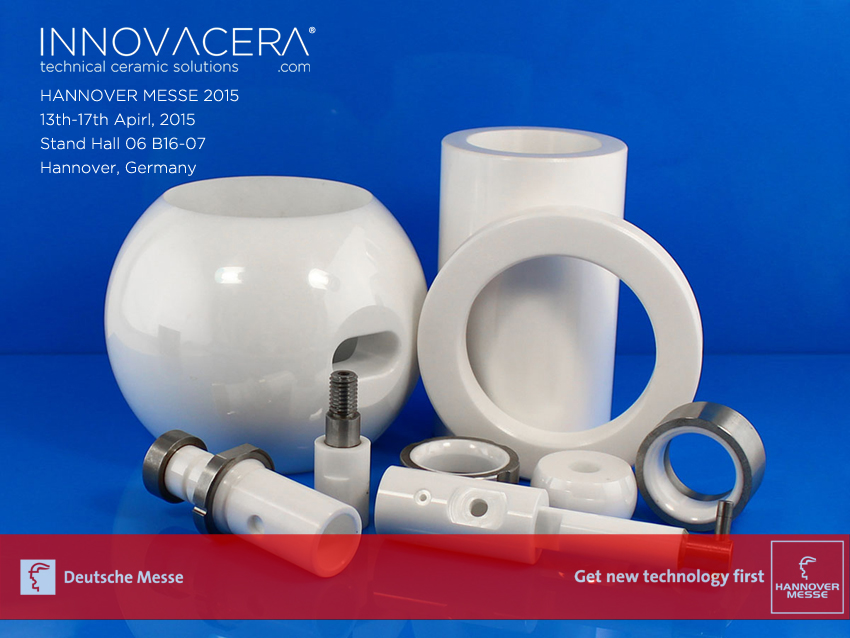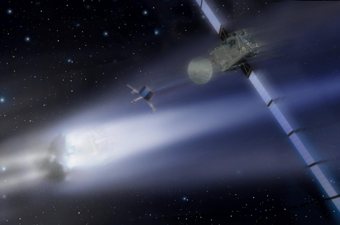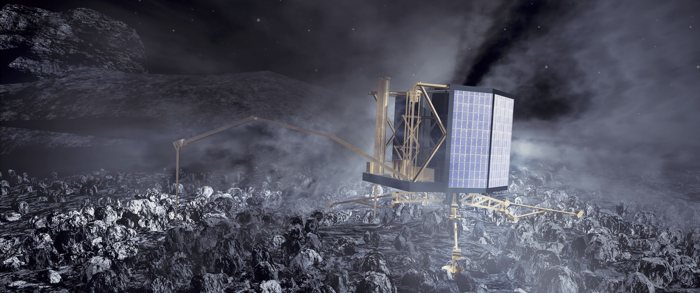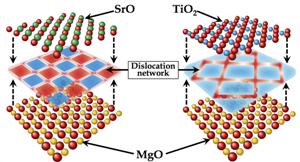Corning developing scratch-resistant glass that rivals sapphire
According to accounts from Corning Incorporated’s annual investors meeting in New York City late last week, the glass giant is developing a scratch-resistant glass that rivals the strength of sapphire.
CNET reports that Corning announced work on the aptly-named Project Phire, a “developmental Gorilla Glass-like composite” that “combines the toughness of its Gorilla Glass smartphone displays with a scratch-resistance that comes close to sapphire.” The announcement comes on the heels of the company’s November Gorilla Glass 4 announcement, and not long after Apple’s sapphire-screen dreams crashed and burned.
(You may recall former editor Peter Wray’s 2013 post about the still-heated debate regarding sapphire vs. Gorilla Glass—as you should, since it’s one of the more popular posts here on CTT. If not, read it here. Head here and here to peruse the numerous other stories we’ve written on sapphire and Gorilla Glass, respectively.)
In the CNET post, Corning Glass Technologies president James Clappin says, “We told you last year that sapphire was great for scratch performance but didn’t fare well when dropped. So, we created a product that offers the same superior damage resistance and drop performance of Gorilla Glass 4 with scratch resistance that approaches sapphire.”
As for the technical 4-1-1 on Project Phire, details are slim (for now).
“We are working on a composite material that has Gorilla Glass 4-like damage resistance and sapphire-like scratch resistance,” writes Daniel F. Collins, VP of corporate communications, in an email. “We expect to be able to commercialize the new product later this year.”
In the meantime, the company has plenty to talk about.
The meeting was, of course, an opportunity for Clappin and other Corning execs to highlight the company’s 2014 performance (optical communications and environmental technologies were up 18% and 44%, respectively) and 2015 priorities (“positive momentum”), which include an “unwavering” commitment to innovation, according to a Corning news release. That innovation has brought about developments like the Iris glass showcased at the 2015 Consumer Electronics Show. The company says that the glass can significantly reduce the size of the average LCD TV, resulting in a television with “outstanding transmission” that’s “as thin as a smartphone.”
“2015 will be all about large-size LCD TVs,” Clappin says in the release. “This segment of the display industry grew more than 50% year over year on a unit basis in 2014, and our analysis shows that the average TV screen size is growing more than 1 inch per year. Importantly, every inch in screen-size growth equates to about 150 million square feet of additional glass demand.”










 Enquiry
Enquiry